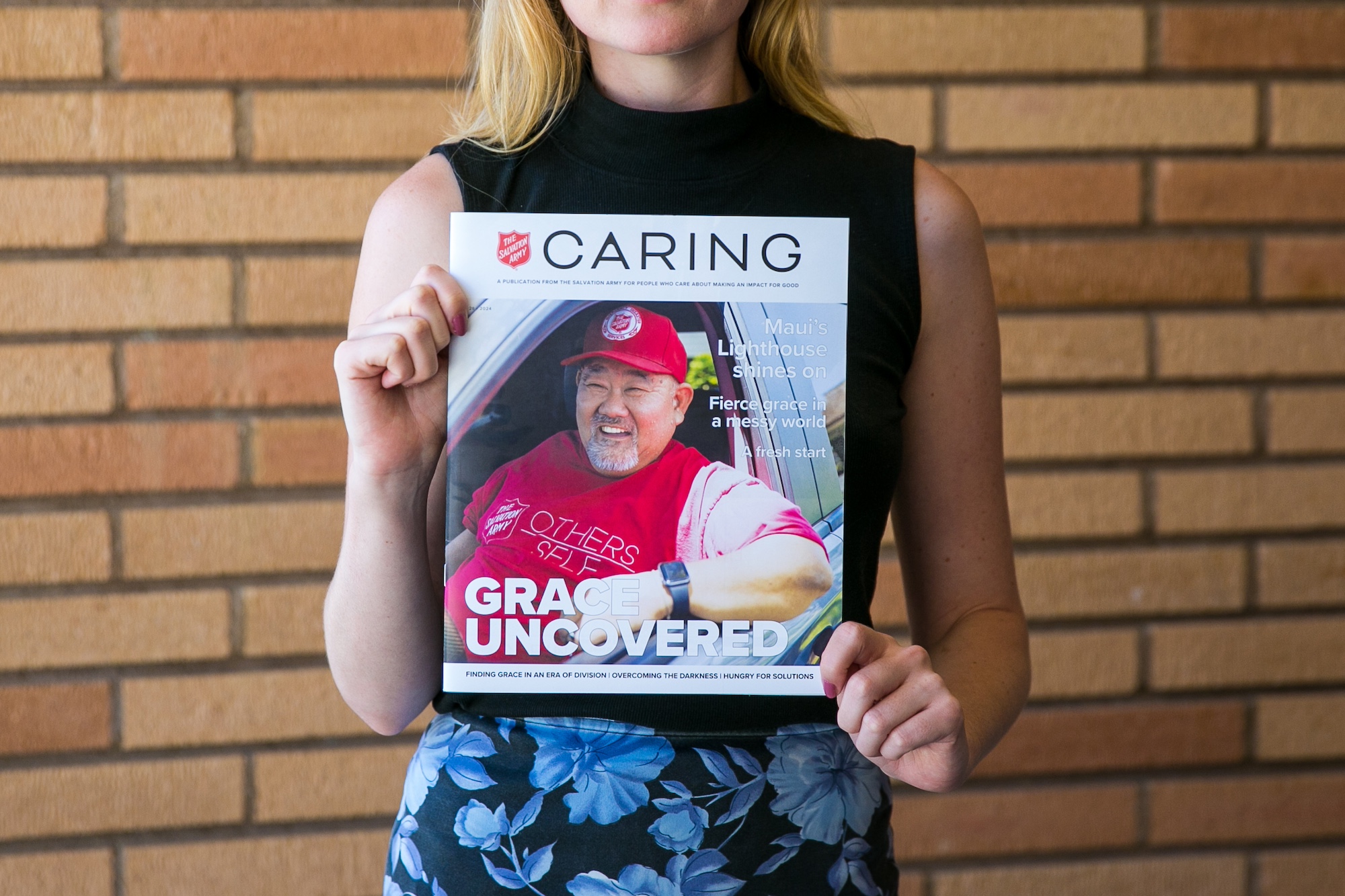By Elizabeth Drescher
Over the past couple years, religionistas of all sorts have attempted to navigate a new media landscape in which old constructions of religious authority, identity, and practice are changing almost by the minute. This surely marks the beginning something of a Second Coming of religion in digitally integrated form. As we wait and watch this holiday season for, among other things, news of the much-anticipated Facebook IPO—perhaps the only miracle story compelling enough to capture our attention in these economic dark times—it seems worthwhile to take a look at some trends in social media (ordered pretty much as they came into my head) that are reshaping religion and spirituality.
1. Social prayer
Throughout 2011, the “Jesus Daily” Facebook page has outranked soccer superpowers and celebrity superstars like Lady Gaga and Justin Bieber as the “most engaging” locale on Facebook. But it’s hardly spiritually lonely at the top for the inspiration and prayer page started by weight-loss doctor Aaron Tabor. The Dios Es Bueno (God is Good), “The Bible,” and “Joyce Mercer Ministries” pages all hang out in the top ten, and five more religious pages fill out the bottom half of the top twenty. In all, more than half of the top twenty most engaging pages—pages that move beyond mere broadcast messaging to share content that inspires participants to interact with one another—are religious.
While tracking Twitter trends is somewhat trickier, hashtagged memes like #prayer, #spirituality, #bible, #Jesus, #Buddha, #Allah, and so on are consistently robust, and event-related hashtags like #haroldcamping, #rapture, and #LDSconf mark Twitter as no less significant a site for religious expression, exploration, and engagement than Facebook.
Indeed, religious participation on Twitter is sufficient to have captured the attention of Claire Diaz Ortiz, the network’s manager of “social innovation,” who is courting religious tweeters to encourage greater Twitter-specific social networking involvement. All this highlights social networking spaces as vibrant locales for religious formation, spiritual care, witness, and advocacy. But, though most religious organizations now have some version of a Facebook page and more are joining Twitter every day, expect to see the most vigorous engagement on pages created by believers and seekers themselves on the basis of their spiritual interests and developing practices.
Word to religious leaders: just as the local religious building is no longer the normative site for religious practice, neither is your church, synagogue, or mosque Facebook page or Twitter feed likely to be. Click on over to where the people are if you really want to connect.
2. Ministers-On-The-Go
The location based service (LBS) Foursquare reached a milestone over the summer, topping 10 million users—a 10,000 percent increase over its member base in 2009. While there are questions about whether all those members are active, and bigger ones about whether Foursquare will be able to hold its own against LBS applications now offered by Facebook (which just acquired LBS competitor Gowalla) and Google, it’s clear that the social practice of “checking in” wherever you are is taking hold across social media platforms.
This has had no small appeal among many lay and ordained ministry leaders, who use LBS to make visible the range of their ministry practice and to alert community members that they’re available for conversation at a nearby coffee shop or brewpub. Jerry Whirtley, pastor of First English Evangelical Church in Victoria, Texas, sees LBS check-ins as digitally incarnational ministry: I check in everywhere I go… If I can interact with somebody because they know where I am, or they can find me more easily because I’m on Twitter or where I check in on Foursquare, then I think I need to do that simply because it allows me to be more accessible to everyone else who might be looking for me or ask me something. As the reality of part-time, bi-vocational, and otherwise extra-congregational lay and ordained ministry continues to grow, believers and seekers shaped by digital culture increasingly expect mobile accessibility to everything. So, expect to see an uptick in LBS for ministry.
3. O holy app
With more than half a million apps now available for the iPhone or iPad, and maybe 232 for the Android, it’s clear that the number of religiously-themed apps is growing. Apps are available for adherents to just about any religious group you can think of (including Pastafarians), and have been developed for a large number of congregations, dioceses, and other religious organizations (though it’s hard to know what one is meant to do with most of them).Prayer book apps, those for on-the-go spiritual practices, and other tools that integrate spirituality into everyday life have been most popular. Others, like the now notorious Confession app, which kicked off the year with as much fanfare and as theological confusion over whether one can be absolved through an app-based confession (per il papa: ix-ney on the orgiveness-fey), highlight the importance of creating apps that support personal reflection and provide information that can be carried into face-to-face relationships.
If the folks at Nielsen are correct, smartphones will continue to overtake, uh, dumb phones, making app-based connection and information-sharing a continuing growth area. Religiously-themed apps are certain to be an important part of that, but unless they grasp the digital trinity of social engagement, spiritual meaning, and incarnational potential that makes such apps truly worthwhile for believers and seekers. They’ll likely find their apps among the thousands ignored each year.
4. Curate as Curator
As social networking sites grow as prime destinations for day-to-day distraction (with more than half of all adults in the U.S. visiting social networking sites “for no particular reason,” according to a recent survey), engaging content will have increasing significance. It’s important to remember that “engaging” doesn’t mean “shiny” or “loud.” Rather, it means content that appeals to or productively challenges the interests of those in one’s networks, invites conversation, and encourages sharing across networks. If it inspires and enriches face-to-face connection, all the better.
Here, another recent survey is also telling: most Americans join social networks so that they can stay in touch with family, friends, other community members. That is, even when they’re aimlessly trolling around on Facebook or Twitter, people use social media socially. Religionistas who can curate content that facilitates online and offline connection will earn more stars in the digital book of everyday life than those who continue to focus on broadcasting their latest deep thought or (oh, sweet mother of mercy, please make it stop!) their latest sermon.
5. A few new commandments
In 2009, the Episcopal Diocese of Connecticut was among the first to offer social media guidelines. Like the few that were beginning to become available at the time, they blend what amount to public relations rules (e.g., when and how to use church logos) with guidance on appropriate ministry behavior with minors. More recently, the United States Conference of Catholic Bishop published social media guidelines. The USCCB guidelines have a similar tone to those from the Diocese of Connecticut, with charming definitions of things like “web 2.0” and “blogs.” The USCCB guidelines also naively assume that social media engagement will unfold primarily on websites and social networking pages controlled by church authorities at one level or another.
While Congregation Etz Chaim, in Lombard, Illinois, has a more sophisticated understanding of the distributed nature of social media communication and engagement, their policy does not address the protection of minors that is clearly a concern among other religious groups. Adam Copeland has blogged periodically about the dearth of such guidelines and the thinness of those that are being developed. But, attention is beginning to turn more actively to this concern.
A Google search for “social media guidelines for churches” yields more than 27 million results. In the past year, I’ve regularly been contacted by individual congregations, by regional and national judicatories, and religious school administrators for advice on such policies. I would expect, on the one hand, that this work will continue, but, on the other would not be surprised if real energy were fired by what, alas, too often spurs religious groups to internally-focused ethical action: litigation.
From Religious Dispatches.com, Dec. 20 posting
Elizabeth Drescher is the author of Tweet If You ♥ Jesus: Practicing Church in the Digital Reformation (Morehouse, 2011) and, with Keith Anderson, the forthcoming Click 2 Save: The Digital Ministry Bible (Morehouse, 2012). She is a regular commentator on culture and technology for Religion Dispatches. She teaches religious studies and pastoral ministries at Santa Clara University. Her Web site is elizabethdrescher.net.












